SPOILER WARNING: This post contains major spoilers for J.J. Abrams’ new film Star Trek. I mean really, really big spoilers. If you don’t want to know about things that might ruin your enjoyment of this movie, then you really should stop reading now and go somewhere else.
So much has been said and written about the new Star Trek film from J.J. Abrams that it seems to make little sense to write my own thoughts up. But seeing as Star Trek has been such a big part of my life ever since I was a little boy, and given that I’ve often written about Trek in the past, I figured what the heck.
Overwhelming consensus seems to be that the film is “Great!”, “Fantastic!” and “Fabulous!” Of all the guys from work that I went to see the movie with, I think I was the only one who came out of the theater not jazzed. I think Corey might have had some reservations too, but overall he was very excited about it. Did I like it? Yes I did. Did I love it? No I didn’t, at least not yet.
The Good
There are tons of things in the new film that I liked and others I even loved. In no particular order they include:
• The cast: Every actor in the film did a wonderful job of translating their character for a new generation. I especially enjoyed Quinto and Pine as Spock and Kirk, but also thought Simon Pegg as Scotty was wonderful and was surprised by the turns put in by the actors behind Checkov, Sulu and Uhura.
• The twists: I had seen so much of the movie in the commercials and trailers leading up to its debut that I thought I knew what was going to happen. I was surprised and delighted therefore when Kirk wasn’t the one under Uhura’s bed, but was under her Orion roommate’s instead. Same goes for the scene with Kirk sitting in the Captain’s chair with his black shirt where Spock tells him to “Get out of the chair.” It was wonderful and went against what I thought was going to happen going in.
• Spock rejecting the Vulcan Science Academy: Loved this scene to death. Quinto played it to a perfect Spock “T” when he asked the elders about his “disadvantage” and basically told them to go to hell. If you had put Nimoy in that scene instead, it wouldn’t have played any differently. Brilliant stuff.
• The action: It was quite a roller coaster romp from start to finish and had great pacing. The time seemed to fly by while we were in the theatre which is always a good sign.
• Uhura & Spock: I thought the scenes with Uhura and Spock becoming close would bother me, but they didn’t at all. They were played very well by both actors and Abrams’ direction here was wonderful. I can’t wait to see where this goes in the sequel.
The Meh
• The music: Totally didn’t live up to Star Trek standards. The main theme (which Louie pointed out was used in almost every track of the film) seemed like it *wanted* to be Star Trek, but was just slightly off. I kept expecting to hear the familiar Next Gen theme at points in the movie, but didn’t.
• Engineering: Being the die-hard Trekkie I am, I didn’t really appreciate the way Engineering looked more like a chemical plant from 24 than the heart of the flagship of the Federation.
• Enterprise in Iowa: Sorry, but the Enterprise was never built on the ground. It just wasn’t and the entire ship was never intended to land either. If Roddenberry was around today he would have told J.J. this small fact to his face. A totally unnecessary and pointless scene that would have at least been semi-credible if it had taken place in San Francisco instead of Iowa.
The Bad
• Abrams’ wanting to have it both ways: The studio promised us that this wasn’t “Your father’s Star Trek” and made a big deal about how everything was different. In reality, the only things that were different were the things Abrams wanted changed. There were so many TOS classic references that when they were thrown in, they seemed oddly out of place. More than a few of them seemed gratuitous. If you’re going to promote the film as all new Trek, have the space balls to see it through to the end.
• The Kobayashi Maru: As a huge fan, this was the scene I was looking forward to the most. I had run this classic tale of how Kirk beat the no-win scenario in my head dozens of times. I had always imagined it that Kirk reprogrammed the simulation just enough to make it seem like the rescue was plausible through heroic actions or sheer guile. What we got instead was a smug, overly-cocky Kirk eating an apple while everyone around him is astounded to find that the simulation has been reprogrammed. The most throughly unsatisfying bit in the entire movie.
• The destruction of Vulcan & death of Spock’s Mom: Listen, I get that this probably only matters to geeks like myself, but it does. The destruction of Vulcan negates HUGE portions of Star Trek history and cannon. Sure, this is an “alternate reality”, and it was probably necessary for several of the plot points, but that doesn’t mean I have to like it. You know how you felt when Lucas made Greedo shoot first? The loss of Vulcan is like that for me.
In the end, it doesn’t really matter what I think of Star Trek. Everyone seems to love it and have hailed it as a wonderful re-boot of the series. To be honest, I’d rather have new Star Trek movies than not, so I can live with the parts I didn’t like, at least for now. I think by the time the inevitable sequel comes I’ll have come to terms with the disappointing parts of Star Trek and learned to see only the good stuff. After all, there is a great deal in the new film to like especially since I don’t enjoy being called a dickhead.
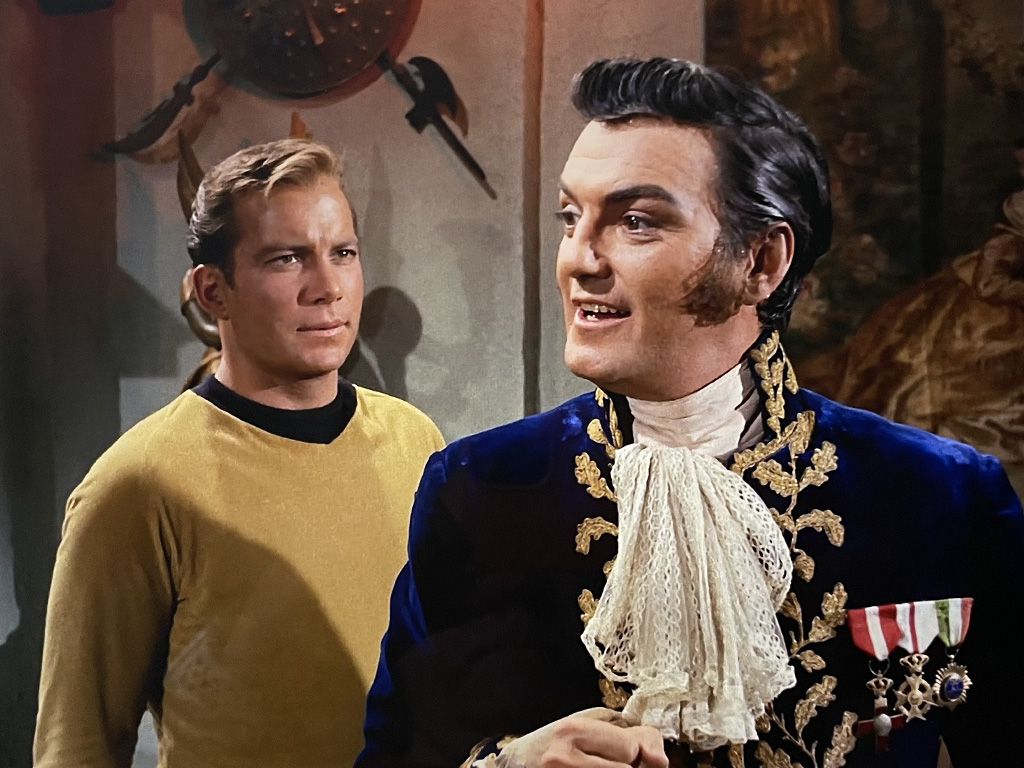

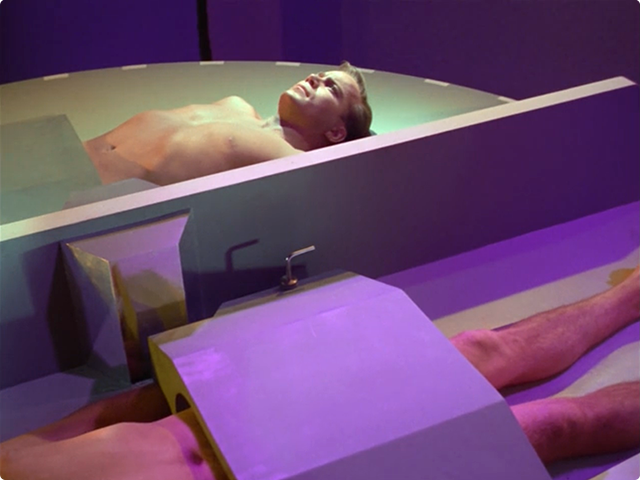


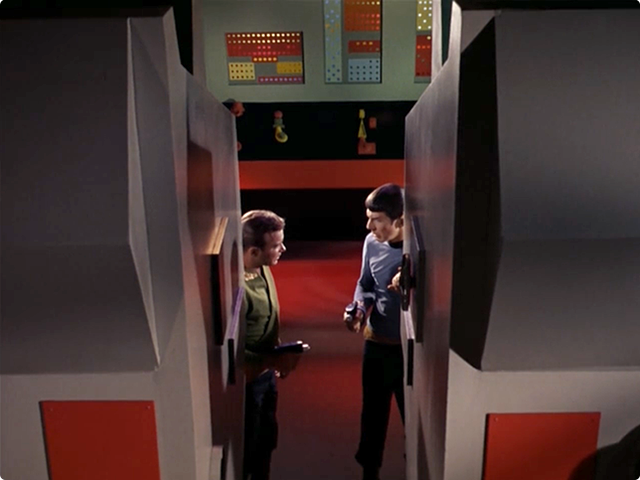

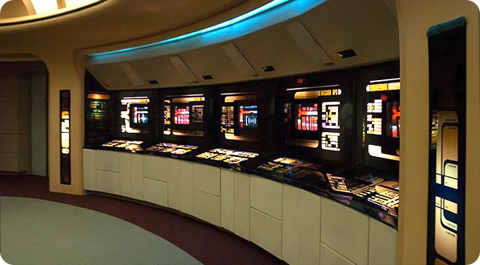
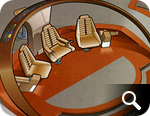
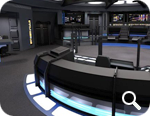


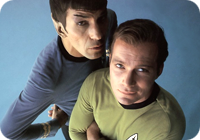 After my recent
After my recent 